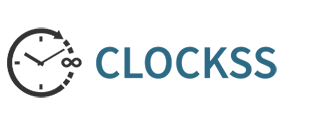Abstract
Background: Anemia is a global public health problem affecting developed and adversely affecting developing countries. About 1.62 billion peoples are affected worldwide, currently pregnant women are the most vulnerable population corresponding to 24.8%. Objective: To evaluate RBC indices and significance of Mentzer index for differentiation between Iron deficiency anemia and Beta thalassemia trait. Patients and methods: Cross sectional study was conducted in Babylon Maternity and Pediatrics Teaching Hospital for a period of 4 months. Data was collected prospectively after approval of the research proposal was gained, the study involved 114 patients that were referred to the Babylon Maternity and Pediatrics Teaching Hospital. Results: The average age of IDA patients was 11.79 ± 6.09, while that of BTT patients was 12.15 ± 5.26. There was no significant relationship between the mean age of patients with illness. Those with a Mentzer Index greater than 13 are more likely to have IDA (sensitivity 95.6%) and less likely to have beta thalassemia (specificity 95.6%). Patients with a Mentzer Index Conclusion: Clinicians face a dilemma distinguishing between iron deficiency anemia and beta thalassemia in anemic patients since diagnostic tests are not inexpensive to the majority of the population. The Mentzer Index can be used as a screening test for iron deficiency anemia, with sensitivity and specificity of 95.6% and 72.7%, respectively, and for beta thalassemia. Those with a Mentzer Indexconfirmation.
Recommended Citation
Jasim, Raghda Hameed and Aouda, Rasha Hussain
(2025)
"Evaluation of RBC Indices and Significance of Mentzer Index for Differentiation Between Iron Deficiency Anemia and Beta Thalassemia Trait,"
Al-Mustaqbal Journal of Pharmaceutical and Medical Sciences: Vol. 3
:
Iss.
1
, Article 1.
Available at:
https://doi.org/10.62846/3006-5909.1021






